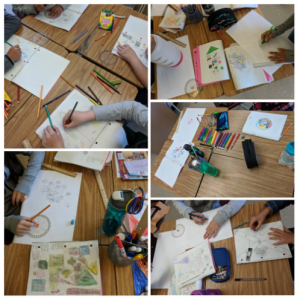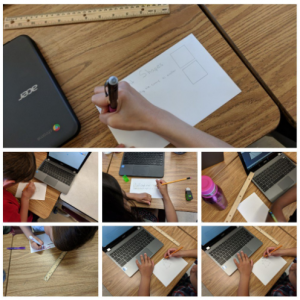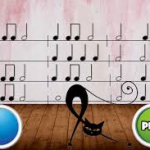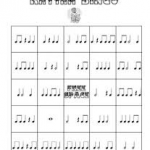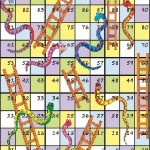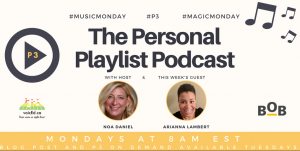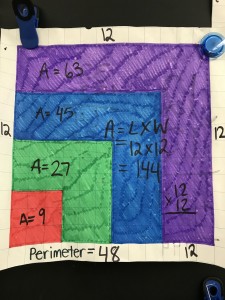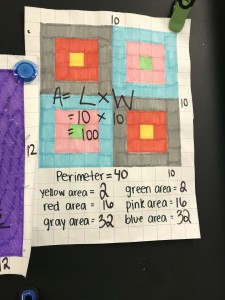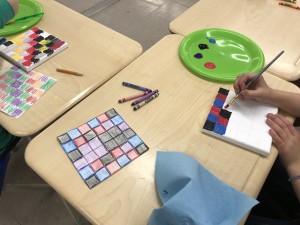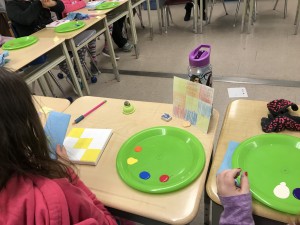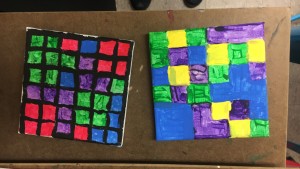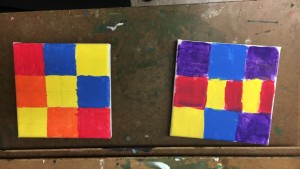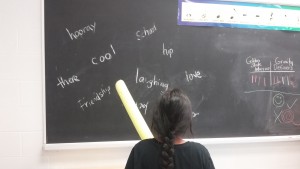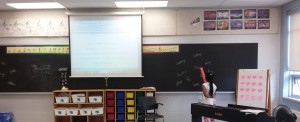I’ve always thought that the Arts and Mathematics were 2 separate things that never should meet. If someone was good at Art there was no way that they would be great Mathematicians and vice versa. Was I ever wrong! This year I’ve had the privilege of working with a co-op student in my classroom who is an amazing artist. She has truly engaged my students in activities that always seem to lend themselves to Math and this got me thinking more and more about the connection between the Arts and Mathematics.
Last year I was introduced to a Kandinsky Math Activity by a colleague in the TDSB, Amanda Brown. Blown away by how her students were connecting geometric concepts to Kandinsky’s Art pieces, I started to see more and more the value of helping students to understand sometimes abstract concepts in Mathematics through Art. I tried her activity with students last year and they loved it! This year, I’m giving it a try with a bit of a different twist with my current group and the conversations are rich and meaningful and students are understanding the concepts with more clarity.
You wonder what the activity is all about? Well, this is what we did this year.
I started by asking my students to think about Geometric Concepts that they were familiar with. They mentioned things like 2D and 3D shapes, attributes, lines, angles and we started to create a list of terms that they already knew and I added a few more based on the curriculum. I then asked students to think about some of these terms and we moved to create a word wall to help us. It was easy with familiar terms because they used pictures to describe what they knew of a circle or a square but when we got to a scalene triangle, it was a little more challenging. Some students took it upon themselves to find online math dictionaries to help them with the definitions and wrote them out for our word wall but still found them abstract. Where might we find a scalene triangle or need to know what one is in the real world? Now the fun was going to begin.
After taking look at some of the amazing abstract pieces created by Kandinsky and with a knowledge of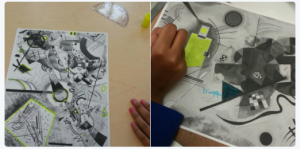 the terms we were going to be investigating, students were asked to look at some of his works and identify the geometric concepts contained within. They were amazed by the number of concepts that could be found in his works. They measured angles and classified them as acute, right or obtuse. They compared shapes and lines, some even realizing that some of the shapes were created by other shapes and lines intersecting.
the terms we were going to be investigating, students were asked to look at some of his works and identify the geometric concepts contained within. They were amazed by the number of concepts that could be found in his works. They measured angles and classified them as acute, right or obtuse. They compared shapes and lines, some even realizing that some of the shapes were created by other shapes and lines intersecting.
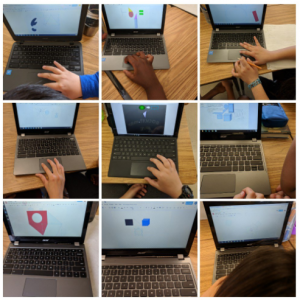 Once we had the chance to investigate Kandinsky’s works, we set off on a mission to try to create our own Kandinsky inspired works using Google Drawings. In pairs, students used at least 7 of the concepts that we were learning about to create abstract, labeled digital drawings.
Once we had the chance to investigate Kandinsky’s works, we set off on a mission to try to create our own Kandinsky inspired works using Google Drawings. In pairs, students used at least 7 of the concepts that we were learning about to create abstract, labeled digital drawings.
After a little practice with a friend, they were asked to independently create their own work of Art using at least 10 concepts using paper, pencils, markers, pencil crayons and paint. We discussed how mood is created through the use of colour and they have been hard at work ever since.
It’s so refreshing to see all of my students – even the ones who don’t necessarily feel strong in Mathematics – thrive in experiences like these when the concepts taught are connected to the Arts or to real life applications of Math. When they’re fully engaged in the work and feel successful in their understanding, application and communication of the learning, that’s when I see my Artists come alive in the Math class in ways that are truly amazing. So, to answer my question…yes, Artists might very well be Mathematicians too!